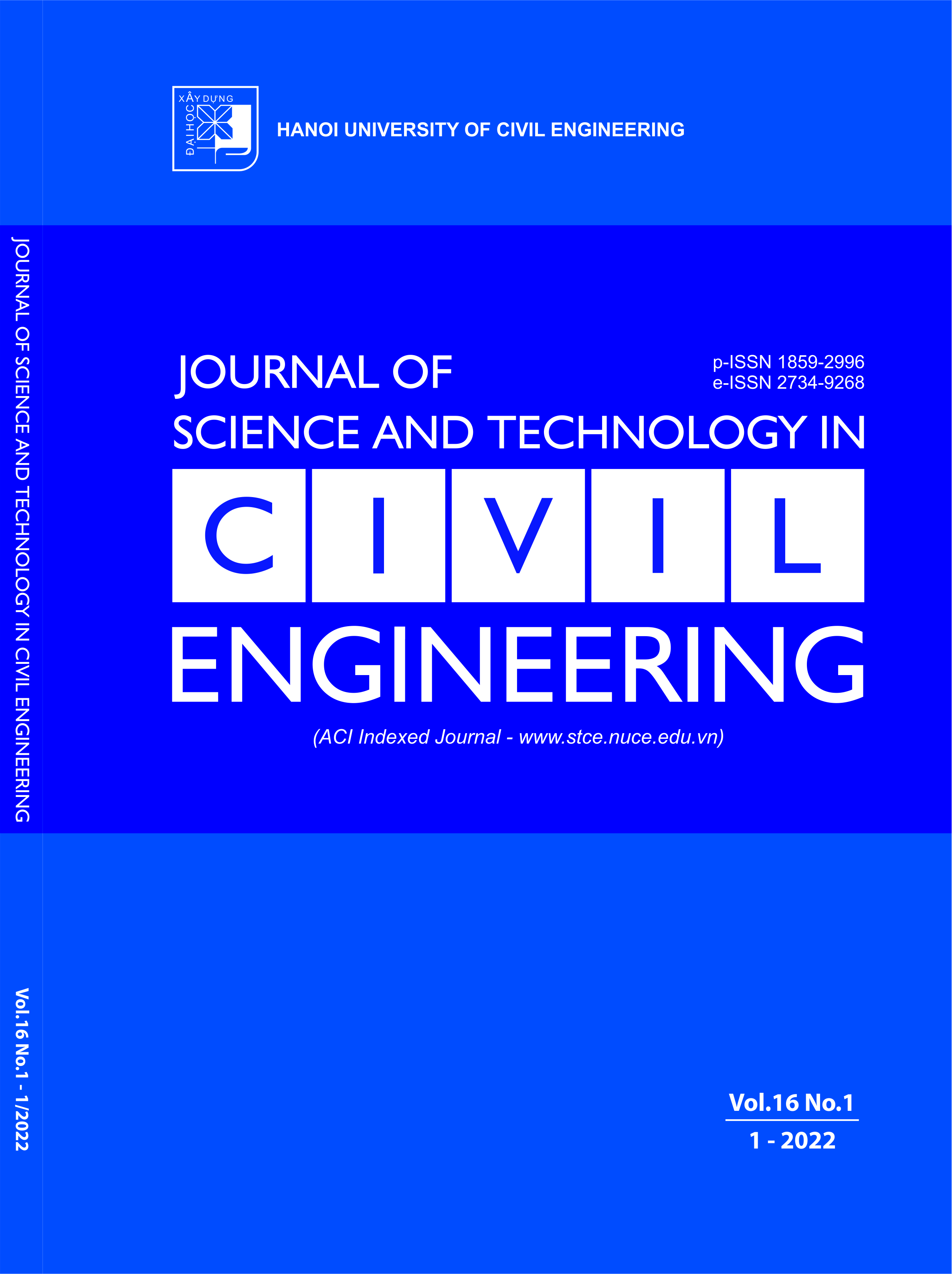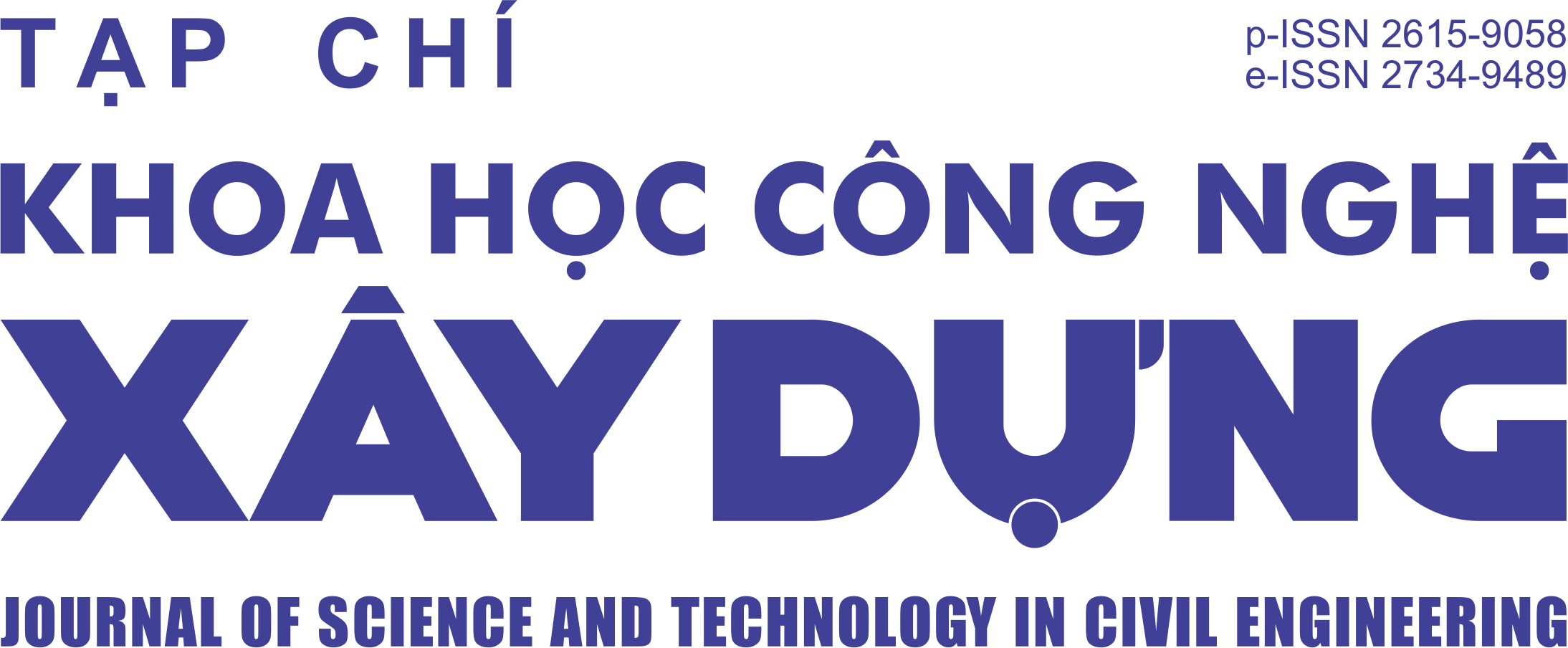Effect of paste content on long-term strength and durability performance of green mortars
Abstract
This study uses densified mixture design algorithm (DMDA) to design the mixture proportions green mortars incorporating fly ash and ground granulated blast furnace slag (GGBFS). Three green mortar mixtures with various paste contents were designed using the DMDA method while a control cement-based mortar mixture was designed using the conventional method for comparison. The effect of different paste contents (n = 1.1, 1.3, and 1.5) on the changes of porosity, thermal conductivity, compressive strength, chloride ion penetration, resistance to sulfate attack, and ultrasonic pulse velocity (UPV) of both the green and control mortars was studied. The procedures of DMDA mix design for green mortar mixtures were also presented in this study. Test results reveal that all three green mixtures show a better performance than the control mixture, especially for long-term properties. On the other hand, increasing paste content increased porosity and compressive strength, however, it reduced thermal conductivity and UPV of the green mortars. All of the green mortars exhibited good performance with low porosity and compressive strength values of above 40 MPa after 28 days of curing. Moreover, the green mortars also demonstrated excellent ability to resist chloride (with RCPT values significantly lower than the threshold of 1000 coulombs) and sulfate attacks. As a result, the quality of these mortars was classified as very good level with UPV values of above 4000 m/s. This study proves the effectiveness of using the DMDA method to design the green mortar mixtures in the combination of using fly ash and GGBFS.
Downloads
Copyright (c) 2022 Hanoi University of Civil Engineering

This work is licensed under a Creative Commons Attribution-NonCommercial-NoDerivatives 4.0 International License.
1. The Author assigns all copyright in and to the article (the Work) to the Journal of Science and Technology in Civil Engineering (JSTCE) – Hanoi University of Civil Engineering (HUCE), including the right to publish, republish, transmit, sell and distribute the Work in whole or in part in electronic and print editions of the Journal, in all media of expression now known or later developed.
2. By this assignment of copyright to the JSTCE, reproduction, posting, transmission, distribution or other use of the Work in whole or in part in any medium by the Author requires a full citation to the Journal, suitable in form and content as follows: title of article, authors’ names, journal title, volume, issue, year, copyright owner as specified in the Journal, DOI number. Links to the final article published on the website of the Journal are encouraged.
3. The Author and the company/employer agree that any and all copies of the final published version of the Work or any part thereof distributed or posted by them in print or electronic format as permitted herein will include the notice of copyright as stipulated in the Journal and a full citation to the Journal as published on the website.







